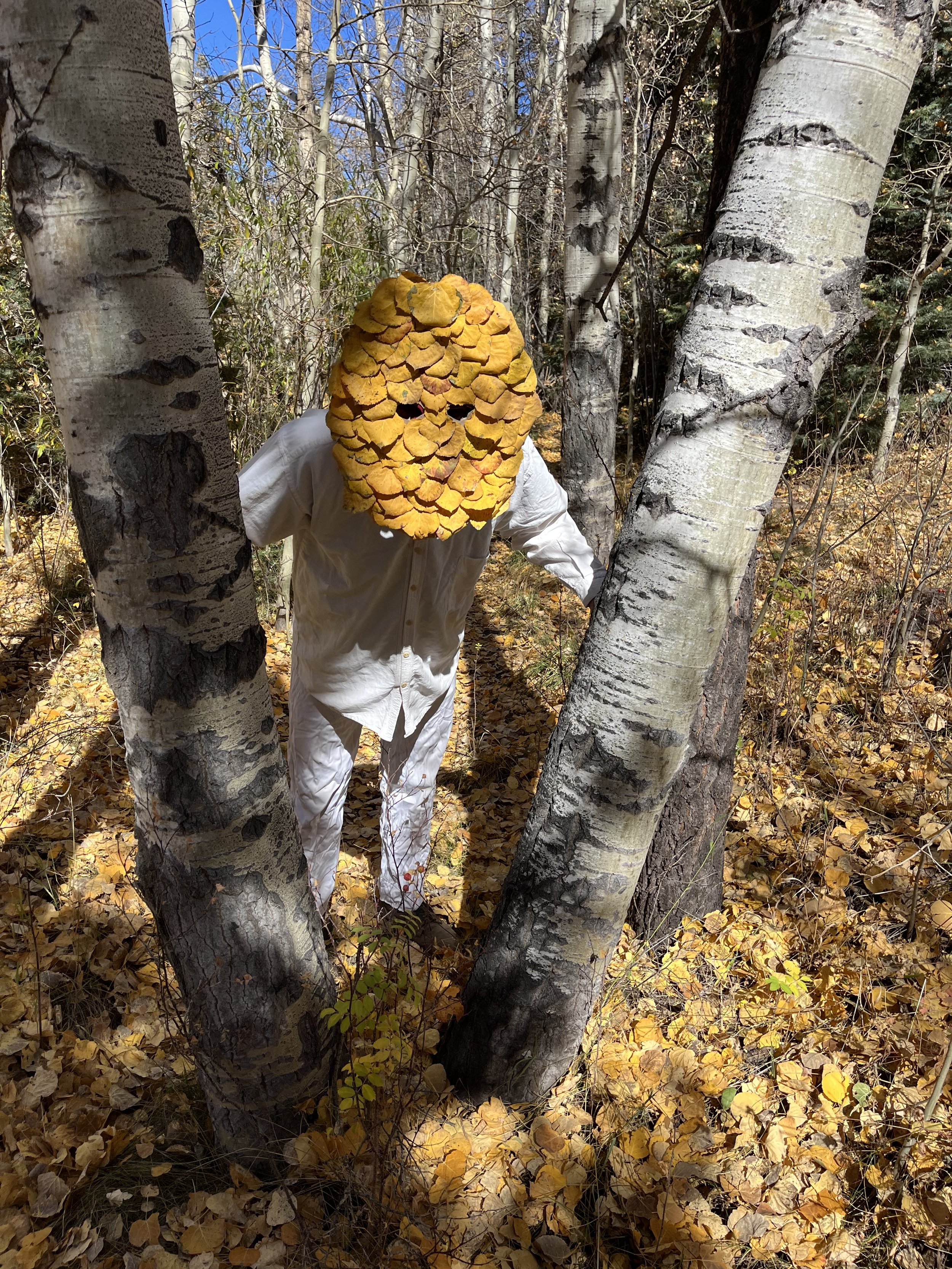Listening forms the core of my multidisciplinary artistic practice. Sitting in the forest, I try to slow down and allow my body to attune to the nonhuman voices around me. As a visual artist, listening through the eyes has become particularly important as I absorb sense impressions from the staggering array of forms and textures that I find in the landscapes where I spend time. I then translate these impressions into drawings (often graphite) where I let the specific mental image become infused with the spiraling lines and gnarled textures flowing from my wandering pencil.
I have a particular fascination with dreams as conduits to an underlying mystery to the world. My daily practices of meditation, dream journaling, and sit spots (observation in nature) help me to tap into the undercurrents of my experience, which my everyday waking mind may not usually perceive. My art often tries to evoke a sense of surreal otherworldliness, a realm of slow magic and vast nonhuman minds.
Capitalist modernity perpetuates itself through a culture of forgetting and disconnection. I am interested in art that stirs people into pausing for a moment to remember their interconnections with the living world. As crises accelerate around us, how can we create collective opportunities to slow down and decompose the systems that keep us locked into destructive trajectories? Through creating art books and zines that circulate in social space, I hope to make small interventions in perception. This practice closely connects with my activist endeavors around mutual aid and reviving the commons, and commitment to working towards the decolonization of stolen indigenous land.
Making art from a place of wonder, I intend to cultivate gratitude and respect for the animate earth. Creating mythic imagery connects me to ancient ways of perceiving and honoring elemental forces. Resonant stories and figures from past ages continue to hold power as I reinterpret them through my own lens. I also experiment with facilitating playful communal rituals (often including masks) to mark the changing of the seasons and ecologically important moments such as solstices and full moons. Seasonal, cyclical time brings us back to our basic humanity as embodied creatures living in specific landscapes. Each plant, animal, fungus, and rock carries its own wisdom and potential for inspiration. For most of human history, art – as ritual and as life – enmeshed us with the land around us. How can we remember this deep interrelation while also playfully and joyfully imagining anew?
